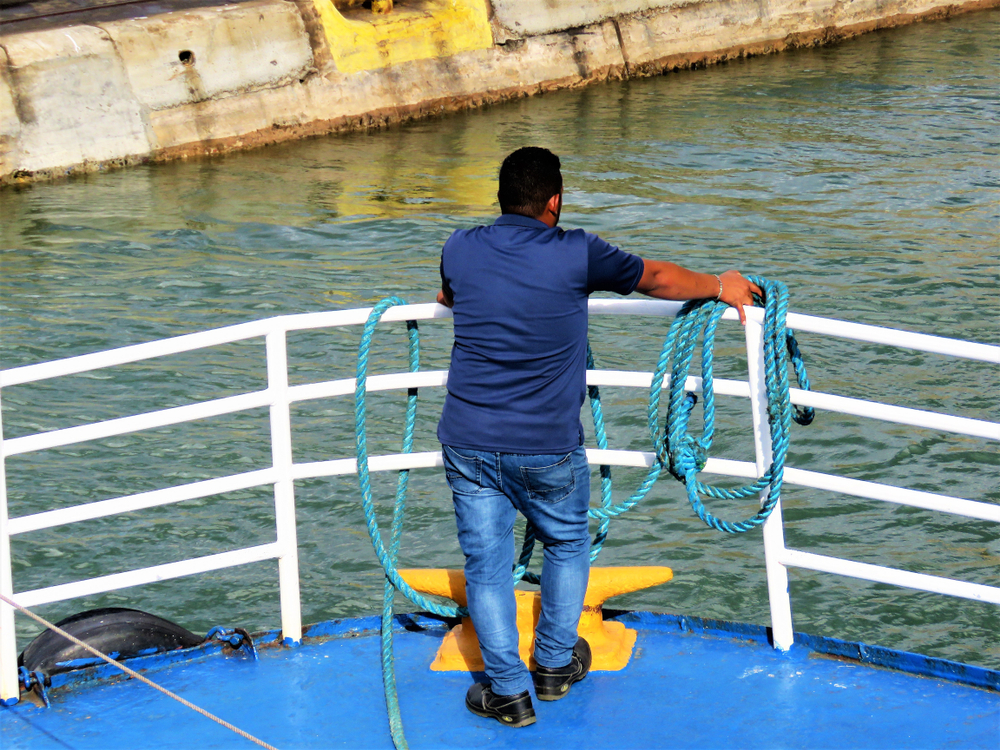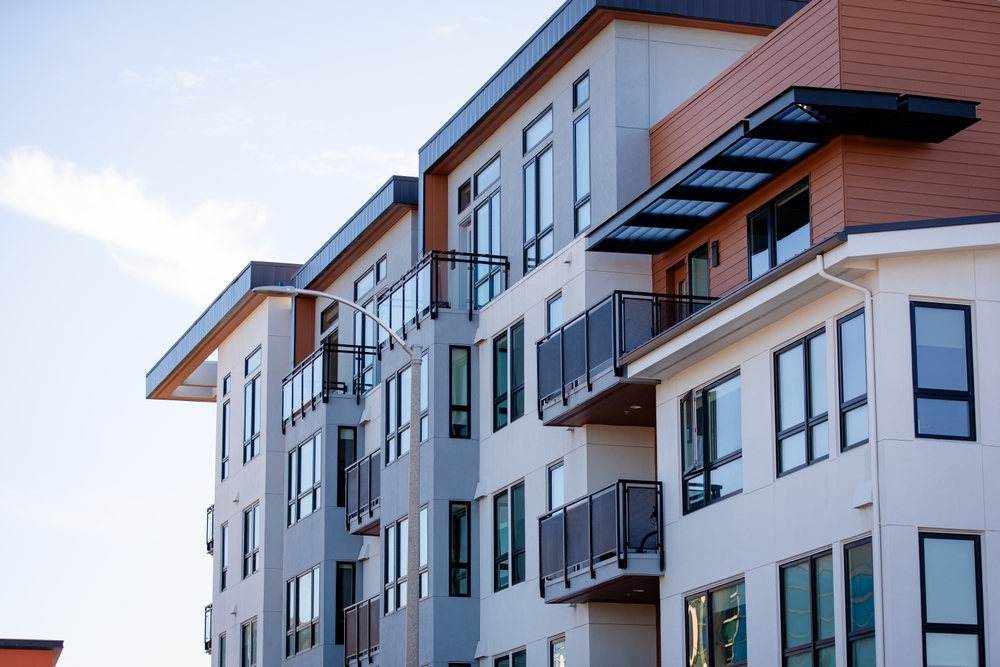As a tattoo artist, you have a duty of care to your customers. This extends to aftercare.
In this post we will outline your responsibilities as a tattoo artist when it comes to advising on, and providing, aftercare to your customers.
The Importance of Aftercare for Tattoos
Good aftercare is vital for making sure that a tattoo heals properly. It can also help ensure that the tattoo looks good for the long-term. Without aftercare, tattoos may eventually start to look faded or distorted.
As a tattoo artist, you might not provide the aftercare procedures yourself. But you can certainly advise your customers on how they can best take care of their tattoo in the days, weeks, and months following the process.
Good Tattoo Aftercare Starts With Understanding Your Customers
The specific aftercare advice you provide should vary depending on:
- tattoo location
- tattoo size
- your customer’s skin type and medical history
This is why it is important to enquire about your customer’s medical history as part of the initial consultation. Not only will this help you keep them safe during the process, but it can also mean you can provide tailored aftercare instructions.
What Sort of Aftercare Advice Should Tattoo Artists Give?
There is some basic aftercare advice you should share with your customers:
- Cover the tattoo
The customer should keep their new tattoo covered with a bandage or a plastic wrap for the first few hours following the process. How long precisely will depend on the size, complexity, and location of the tattoo. - Keep it clean
After this, the main thing is that the customer keeps the tattooed area clean. This will help prevent infection while also promoting healing. Advise your customers to avoid using any harsh chemicals, including exfoliants. Instead, they should use lukewarm water and the mildest possible soap. Customers should avoid scrubbing the area, and they should avoid submerging it entirely in water for at least two weeks following the application. - Moisturise and Relieve itching
New tattoos can get itchy. Some tattoo artists provide their customers with specialist balms or ointments to help relieve itching while promoting healing. The product should be light and fragrance free, and you can advise your customers to apply a thin layer periodically during the first few days following the procedure.
More Aftercare Tips Tattoo Artists Can Give Their Customers
Beyond the basics, here are some additional aftercare tips you can give:
- Wear loose clothing to help the tattoo breathe, and to avoid irritating the area.
- Avoid direct sunlight for a few weeks, along with sunbeds.
- Try to avoid scratching and picking at the tattoo, as this can lead to infections.
- Keep the tattoo area moisturised, even after it has healed. This will help prevent the tattoo from prematurely fading.
- If the tattoo does start to fade or blur, the customer can always come back for a touch-up.
What Happens If a Tattoo Artist Does Not Give Aftercare Advice?
If you do not advise your customers on how best to take care of their tattoos, then it could result in:
- Infection
- Tattoo flaking, blurring, or fading.
- Customer complaints, poor reviews, and refund requests.
- Claims against you on the grounds of negligence, or breach of your duty of care.
And in the case of legal claims, if it transpires that you did not provide adequate aftercare advice, you could be liable to cover compensation payments, along with some costly legal fees.
This is why it is a good idea to have your aftercare advice in writing. This could be included in the consent form. Give your customer a printed copy of the consent form, including aftercare advice, and ask them to sign it and date it. This means there will be a record of their consent and the exact advice you gave, which could help you avoid any costly claims.
Specialist Insurance Services for Tattoo Artists
If a customer ever does make a claim against you, dedicated tattoo artist insurance can cover any compensation payments, along with your legal fees.
James Hallam is an independent Lloyd’s broker with access to a hand-picked selection of A-rated insurance providers. We can help you understand the unique risks you face as a tattoo artist, and we can help you access the specialist cover you need at a competitive price.












